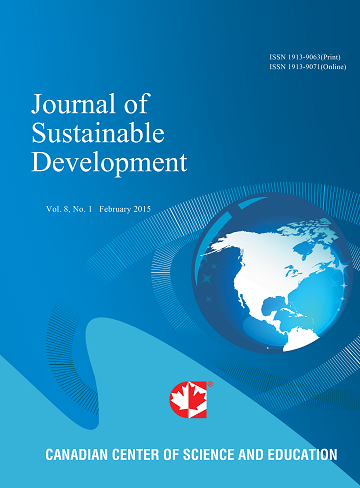Method for Assessing Thermal and Economic Benefits of Cool Roofs in Unconditioned Buildings
- Milena Paim da Silva
- Deivis Luis Marinoski
- Saulo Guths
- Roberto Lamberts
Abstract
The use of cool roofs is a passive technique to reduce the cooling load of buildings in hot climates, moreover, it is use has the potential to mitigate the heat island phenomenon. This study presents a method to quantify and monetize the benefits of applying the cool roof passive technique in buildings without air conditioning. The proposed method can be adapted to other passive techniques. For this study, an experimental step was carried out to measure the thermal emittance and reflectance of fiber cement tile samples. The study also presents a thermoenergetic performance analysis using EnergyPlus simulations. The last part highlights the innovation of this method in relation to other studies, which consists of monetizing the thermal benefits of the cool roof passive technique. The analysis contemplates a single-family residential building model for three cities in different regions of Brazil (Florianópolis/SC, São Paulo/SP and Manaus/AM). Fiber cement tiles in their natural color were considered and painted white, representing a cool roof. The solar reflectance of the white-painted samples was around 50% higher than that of the conventional (unpainted) samples. When comparing conventional and cool roofs, the reduction in heat flow through the roof was over 80 % for all three cities. Although the building analyzed does not have air conditioning, the proposed method makes it possible to quantify the thermal load that the passive technique could avoid. The most significant results were in Manaus, resulting in a possible saving of US 4.2/m² per year.
- Full Text:
 PDF
PDF
- DOI:10.5539/jsd.v18n4p143
Journal Metrics
Index
- Academic Journals Database
- ACNP
- AGRICOLA
- ANVUR (Italian National Agency for the Evaluation of Universities and Research Institutes)
- Berkeley Library
- CAB Abstracts
- CNKI Scholar
- COPAC
- CrossRef
- DTU Library
- EBSCOhost
- Elektronische Zeitschriftenbibliothek (EZB)
- EuroPub Database
- Excellence in Research for Australia (ERA)
- Genamics JournalSeek
- GETIT@YALE (Yale University Library)
- Ghent University Library
- Google Scholar
- Harvard Library
- INDEX ISLAMICUS
- Infotrieve
- Jisc Library Hub Discover
- JournalGuide
- JournalTOCs
- LOCKSS
- Max Planck Institutes
- MIAR
- Mir@bel
- NewJour
- Norwegian Centre for Research Data (NSD)
- Open J-Gate
- PKP Open Archives Harvester
- Pollution Abstracts
- Publons
- Pubmed journal list
- RePEc
- ROAD
- SafetyLit
- Scilit
- SHERPA/RoMEO
- Standard Periodical Directory
- Stanford Libraries
- UCR Library
- Ulrich's
- UniCat
- Universe Digital Library
- UoS Library
- WJCI Report
- WorldCat
- WorldWideScience
- Zeitschriften Daten Bank (ZDB)
Contact
- Sherry SunEditorial Assistant
- jsd@ccsenet.org
